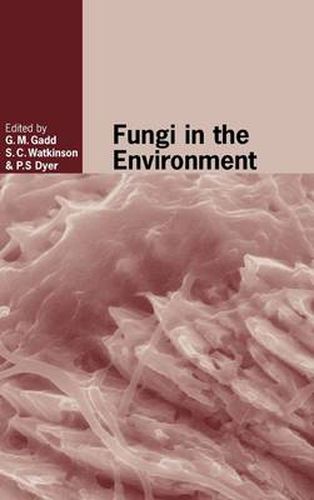Readings Newsletter
Become a Readings Member to make your shopping experience even easier.
Sign in or sign up for free!
You’re not far away from qualifying for FREE standard shipping within Australia
You’ve qualified for FREE standard shipping within Australia
The cart is loading…






Fungi are of fundamental importance in the terrestrial environment. They have roles as decomposers, plant pathogens, symbionts, and in elemental cycles. Fungi are often dominant, and in soil can comprise the largest pool of biomass (including other microorganisms and invertebrates). They also play a role in maintenance of soil structure due to their filamentous growth habit and exopolymer production. Despite their important roles in the biosphere, fungi are frequently neglected within broader environmental and microbiological spheres. Additionally, mycological interests can be somewhat fragmented between traditional subject boundaries. This multi-disciplinary volume explores the roles and importance of fungi in the environment. Particular emphasis is given to major research advances made in recent years as a result of molecular and genomic approaches, and in cell imaging and biology. Drawing together microbiologists, mycologists, and environmental scientists, this work is a unique account of modern environmental mycology, and a pivotal contribution to the field.
$9.00 standard shipping within Australia
FREE standard shipping within Australia for orders over $100.00
Express & International shipping calculated at checkout
Fungi are of fundamental importance in the terrestrial environment. They have roles as decomposers, plant pathogens, symbionts, and in elemental cycles. Fungi are often dominant, and in soil can comprise the largest pool of biomass (including other microorganisms and invertebrates). They also play a role in maintenance of soil structure due to their filamentous growth habit and exopolymer production. Despite their important roles in the biosphere, fungi are frequently neglected within broader environmental and microbiological spheres. Additionally, mycological interests can be somewhat fragmented between traditional subject boundaries. This multi-disciplinary volume explores the roles and importance of fungi in the environment. Particular emphasis is given to major research advances made in recent years as a result of molecular and genomic approaches, and in cell imaging and biology. Drawing together microbiologists, mycologists, and environmental scientists, this work is a unique account of modern environmental mycology, and a pivotal contribution to the field.